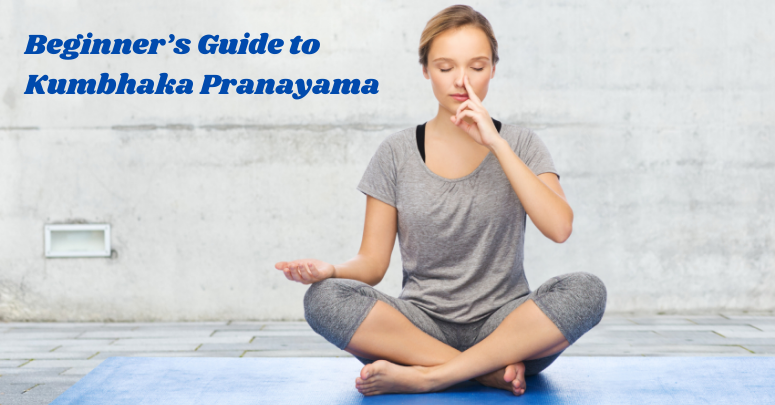Kumbhaka Pranayama is done sitting down. It is very easy to practice and for those who are about to start yoga or pranayama, Kumbhaka Pranayama will prove to be the most beneficial. While doing any type of Pranayama, three activities are done, Rechak, Purak, and Kumbhak. The process of stopping the breath inside is called internal and the process of stopping it outside is called external Kumbhaka. While doing Kumbhak, the breath is held by pulling it in or leaving it out. 200 Hour Yoga Teacher Training in Rishikesh Meaning of Kumbhak Pranayama: Benefits and precautions are as follows.
Meaning of Kumbhaka Pranayama:
The word Kumbh in Kumbhaka Pranayama is derived from Sanskrit, which means “Matka” or “pit”. While doing this pranayama, there is a process of holding your breath by leaving it inside or outside. Which is called Kumbhaka. In English.
Types of Kumbhaka Pranayama:
Kumbhaka Pranayama is done in two ways –
Internal Kumbhaka – To do this pranayama, take a deep breath through the nostrils and hold it at your convenience. Then slowly we will release the breath, this process is called internal Kumbhaka Pranayama.
Bahri Kumbhaka – While doing this pranayama, the breath is released outside and the breath is kept in check. Then slowly inhale the breath. This process is called external Kumbhaka.
How to do it? Kumbhaka Pranayama
- To do Kumbhaka Pranayama, it can be done sitting in Sukhasana, Padmasana, or Vajrasana by laying a yoga mat or mat.
- After sitting at your convenience, keep your back, shoulders, and neck straight.
- Keep the hands straight on the knee in any mudra or meditation posture.
- Close your eyes and focus your attention.
- In the beginning, take deep breaths three to four times and release.
- While calming the mind, take deep breaths and hold your breath for 4 to 5 seconds.
- Note that after holding your breath for 4 to 5 seconds, slowly exhale.
- This pranayama can be repeated 3 to 4 times.
- While doing Kumbhaka Pranayama, applying Moola Bandha, Uddiyana, and Jalandhara Bandha to stop breathing gives even more benefits. But before applying these bandhas, definitely take the help of a yoga expert.
Precautions of Kumbhaka Pranayama:
- Do not rush while doing this pranayama.
- The breath should be stopped at your convenience.
- After doing 1 or 2 times, the breath should be taken normally 2 or 3 times.
- While practicing Kumbhaka Pranayama, one should not release or take a breath under pressure.
Who should not do Kumbhaka Pranayama:
- People who have problems related to breathing and lungs, then they should not do this pranayama.
- Do not do this pranayama if you have heart-related problems.
- If you have any kind of serious illness, then definitely consult a doctor before doing this asana.
- If there is any kind of problem while doing this pranayama, then the supervision of a yoga expert should be done.
Benefits of Kumbhaka Pranayama:
- Continuous practice of Kumbhaka Pranayama helps to relieve stress and anxiety.
- The practice of this pranayama is beneficial in increasing focus and concentration.
- This pranayama is beneficial for the digestive system.
- Reduces muscle tension caused by doing difficult postures. Makes it strong and flexible.
- Keeps away diseases related to the lungs.
- Helps to balance blood pressure.
- This pranayama is beneficial for the eyes.
- Kumbhaka Pranayama is also done with other Pranayama like Anulom Vilom, Bhramari Pranayama, Ujjayi Pranayama, etc.


